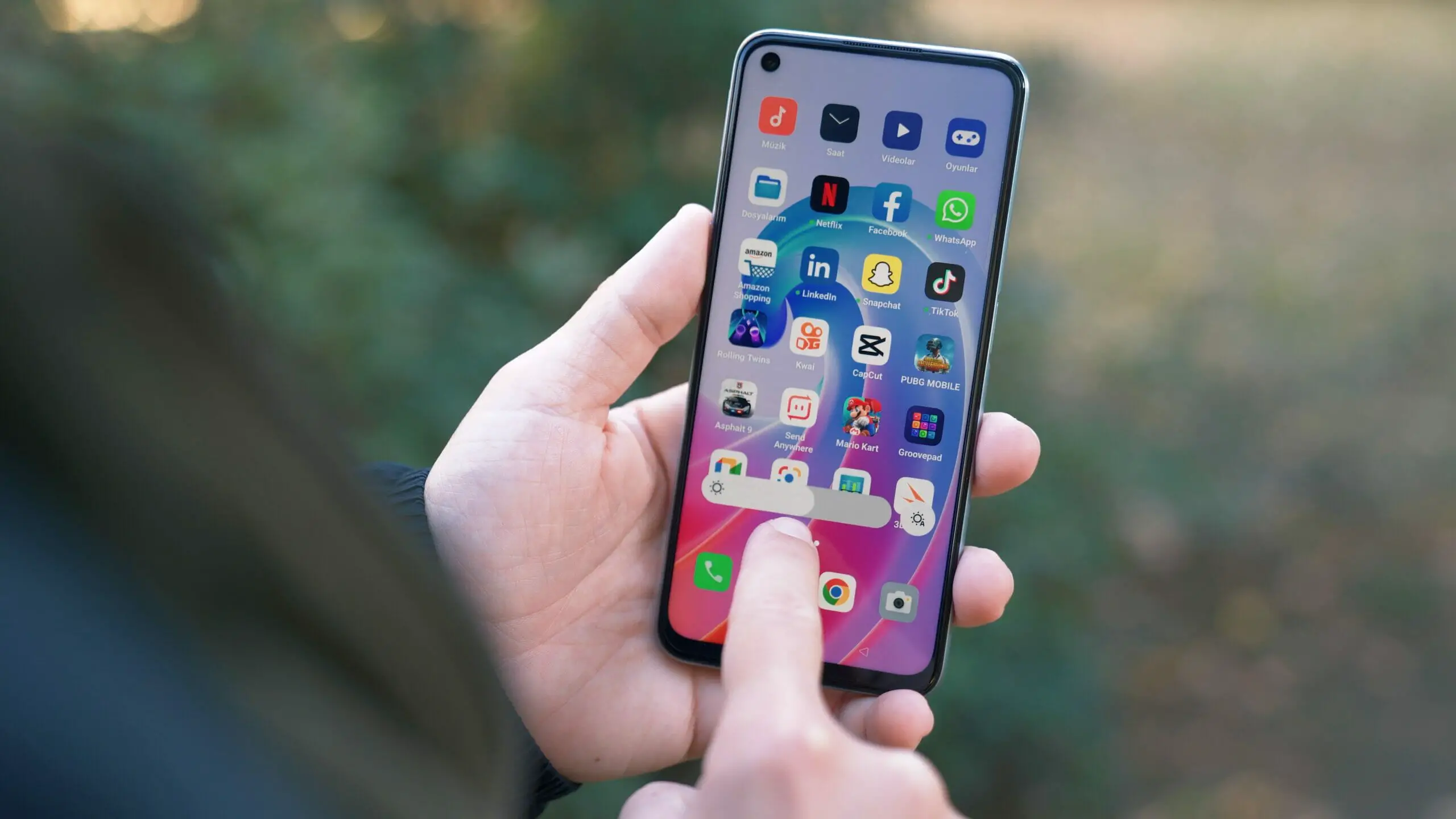It’s frustrating to encounter connectivity issues on your Android device. Hidden APN settings may be the cause, and it’s important to address them.
APN (Access Point Name) is important. It acts as a gateway between your phone and the internet, ensuring smooth operation.
Key takeaways: Here are the following troubleshooting steps for resolving hidden APN settings on Android.
- Reset to Default
- Activate Airplane Mode
- Remove the SIM Card
- Restart with Wi-Fi
- Use a Professional Android Repair Tool
- Check Carrier Restrictions
- Verify Network Compatibility
- Factory Reset as a Last Resort
- Contact Manufacturer Support
This article will delve into these hidden APN settings on Android devices. We’ll look at how they work, why they might be hidden, and, most importantly, how you can access them.
So let’s get started!
Common Reasons for APN Settings to Be Hidden
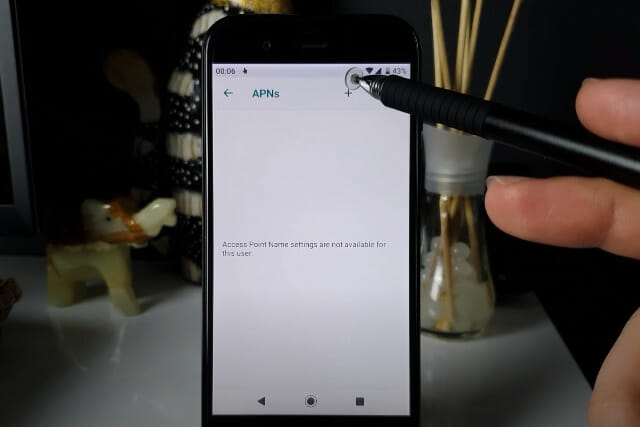
You might be curious about why your Android’s APN settings are concealed.
Firstly, it’s important to understand that this is often a deliberate choice made by service providers and manufacturers, not a mere oversight or glitch. There are several key reasons behind this practice:
- Protecting Network Integrity: One of the primary reasons for hiding APN settings is to safeguard the integrity of the network. Incorrect modifications to APN settings can disrupt the entire network’s functionality. Stability is maintained by keeping these settings inaccessible to users, reducing the risk of unintended network issues.
- Enhancing Customer Support Efficiency: Concealing APN settings simplifies the user experience. Customer support teams can focus on addressing genuine problems instead of guiding users through APN adjustments. This leads to more efficient customer care.
- Managing Data Usage: Some carriers optimize default APN settings to minimize data consumption, reducing user costs. Making these settings hard to access and modify helps prevent users from inadvertently incurring high data charges.
- Exerting Control Over Services: Specific services like MMS or data roaming rely on predefined APN configurations in certain cases. Carriers maintain control over these configurations to ensure the proper functioning of these services.
Understanding these reasons reveals the method behind this hidden approach.
Detecting and Diagnosing Hidden APN Settings
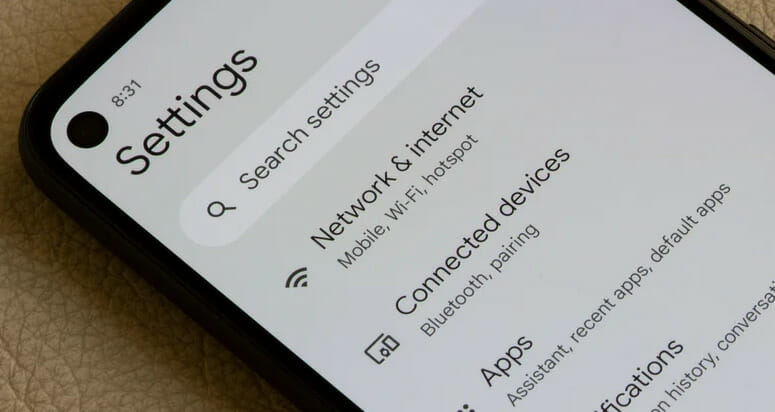
Peeping into the mystery of hidden APN settings on Android, I’ve got some interesting insights to share.
Sometimes, these settings are hidden or altered, leading to connectivity issues. So, how do we detect and diagnose this?
The APN settings are under ‘Network & Internet’ in your phone’s settings menu. However, if they’re missing or inaccessible, there might be a few reasons why:
- Your carrier may have restricted access
- The device firmware has been altered
- Your phone was purchased through a different carrier
To diagnose these issues further:
- Confirm with your network provider that they haven’t locked the APN settings.
- If you’re using a custom ROM or have rooted your device, check whether the alterations caused any changes.
- Consider unlocking your phone if it was bought from another carrier.
Remember to tread carefully here; altering these parameters without proper knowledge could disrupt network services even more!
Interestingly enough, though, certain apps on Google Play Store can help reveal hidden APN settings and make them editable again.
With this information and curiosity, you’re well-prepared to tackle connectivity issues like a pro.
Revealing Solutions: How to Handle Hidden APN Settings Issues
When these settings are locked or greyed out, it can prevent you from modifying them. In this section, we’ll explore some steps to resolve this issue.
1. Reset to Default
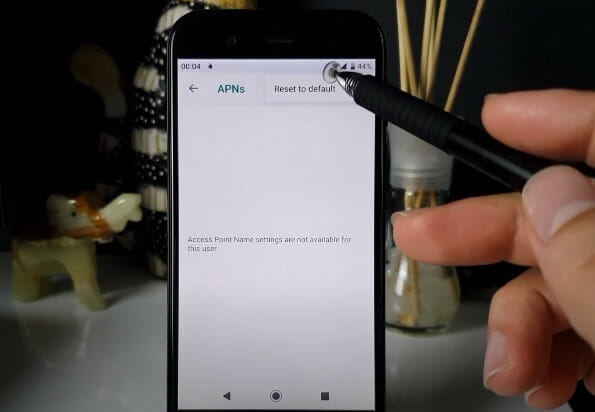
One of the first steps to try when you can’t change your APN settings is to reset them to default. This action will undo any settings your mobile carrier has imposed on your device, reverting them to the manufacturer’s original settings.
Here’s how to do it:
- Navigate to your phone’s Settings.
- Select the “Wireless and Network” option.
- Go to “Mobile Networks.”
- Scroll down and choose “Access Point Name” or “APN.”
- Tap the three dots in the upper right corner and select “Reset to default.”
Note: Contact your mobile carrier if you can’t locate the APN settings. They will guide you through filling in all the necessary fields related to your SIM card.
2. Activate Airplane Mode

Sometimes, your carrier’s customized settings may be restored when you reset the APN. To prevent your carrier from automatically completing the APN settings, you can use Airplane Mode.
Here’s how to do it:
- Go to your device’s Settings.
- Select “Airplane” or “Flight” mode and enable it using the toggle switch.
3. Remove the SIM Card

If Airplane Mode doesn’t work for changing the APN settings, try removing your SIM card and then follow these steps:
- Access the APN settings and make the desired changes.
- Reinsert the SIM card and restart your Android device.
This method may resolve the issue you’re facing.
4. Restart Your Phone While Connected to Wi-Fi
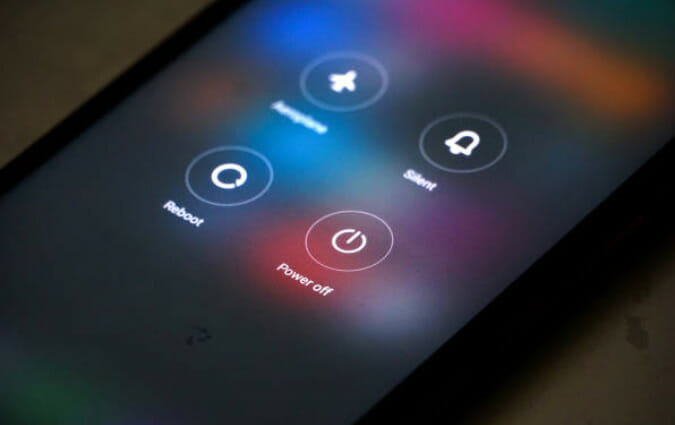
Another simple approach to resolve the “can’t change APN settings” issue is to restart your phone while connected to Wi-Fi. Here’s what you can do:
- Connect your phone to Wi-Fi.
- Restart your mobile device while it’s connected to the network.
- After the restart, check the APN settings to see if you can edit or view them.
5. Restore Your Android Phone
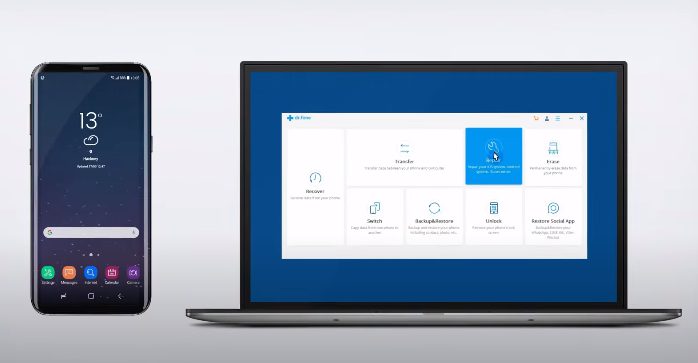
If none of the previous methods have worked, and you’re still unable to change the APN settings on your Android device, you can consider using a professional Android repair tool like Dr.Fone. This software is designed to tackle various Android issues, including problems related to APN settings.
6. Check Carrier Restrictions

Before attempting any troubleshooting steps, you must check whether your mobile carrier has imposed restrictions on changing APN settings. Some carriers lock APN settings to ensure proper network connectivity and may not allow users to modify them. In such cases, contacting your carrier’s customer support can provide insights into whether it’s possible to make changes or if specific settings need to be requested from them.
7. Verify Network Compatibility

Another factor to consider is network compatibility. Ensure that your device is compatible with your carrier’s network and that you use a SIM card that supports the network frequencies and technologies your carrier uses. Incompatibility between the device and the network can sometimes prevent APN settings from being modified.
8. Factory Reset as a Last Resort

While it’s generally not recommended due to data loss, a factory reset on your Android device can sometimes resolve persistent issues with APN settings. This step should be considered a last resort when all other troubleshooting methods fail. Before proceeding, back up all your essential data, as a factory reset will erase everything on your device.
To perform a factory reset:
- Go to your device’s Settings.
- Navigate to “System” or “General management.”
- Select “Reset” or “Backup & reset.”
- Choose “Factory data reset” and follow the on-screen instructions.
After the reset, you can reconfigure your device and check if you can change the APN settings.
9. Contact Manufacturer Support

If you believe the issue is related to your device’s software or compatibility, contacting the manufacturer’s support team can be beneficial. They may provide specific guidance or software updates that can help resolve APN settings problems. Manufacturer support can also help ensure that your device is running the latest version of Android, which may contain bug fixes or improvements related to APN settings.
The above methods can help you overcome these challenges, ensuring your device is properly configured to connect to the internet as needed.
Impact of Hidden APN Settings on Connectivity
Have you ever thought about what’s under the hood of your Android device’s connectivity?
Access Point Name (APN) lets your smartphone connect to the web. But if those settings are hidden or misconfigured, you might be unable to access the internet.
While wrong APN configurations can mess things up for you, correct ones can contribute to an improved experience, too:
- Enhancing data speed: If you’re stuck with sluggish data speeds on 4G LTE despite having full signal bars, configuring APNs correctly can bring about that desired quickness.
- Maintaining stable connections: Do frequent drops in connection irk you? A properly set-up APN may be the answer.
- Facilitating smooth roaming: Traveling abroad shouldn’t mean bidding goodbye to seamless internet connectivity!
The role of these hidden APN settings in our daily digital lives is fascinating! Now that you understand their impact on connectivity, remember to handle them carefully.
References
Studies:
- Mobile Network Performance: A Comparative Analysis. https://www.researchgate.net/publication/328317928_A_statistical_comparative_performance_analysis_of_mobile_network_operators
Organizations:
- GSMA (Global System for Mobile Communications Association). https://www.gsma.com/
- ITU (International Telecommunication Union). https://www.itu.int/en/Pages/default.aspx
Books:
- “Mobile Networks: Concepts, Standards, and Practices” by William Stallings. https://www.amazon.com/Wireless-Communications-Networks-William-Stallings/dp/0131918354
- “Wireless Communication Networks and Systems” by Cory Beard and William Stallings. https://www.amazon.com/Wireless-Communication-Networks-Systems-Beard/dp/0133594173
Website Resources:
- XDA Forums – XDA Developers. https://forum.xda-developers.com/
Videos References:
VoloKin Project

